YourGPT vs Landbot : Best AI Chatbot for Businesses in 2025

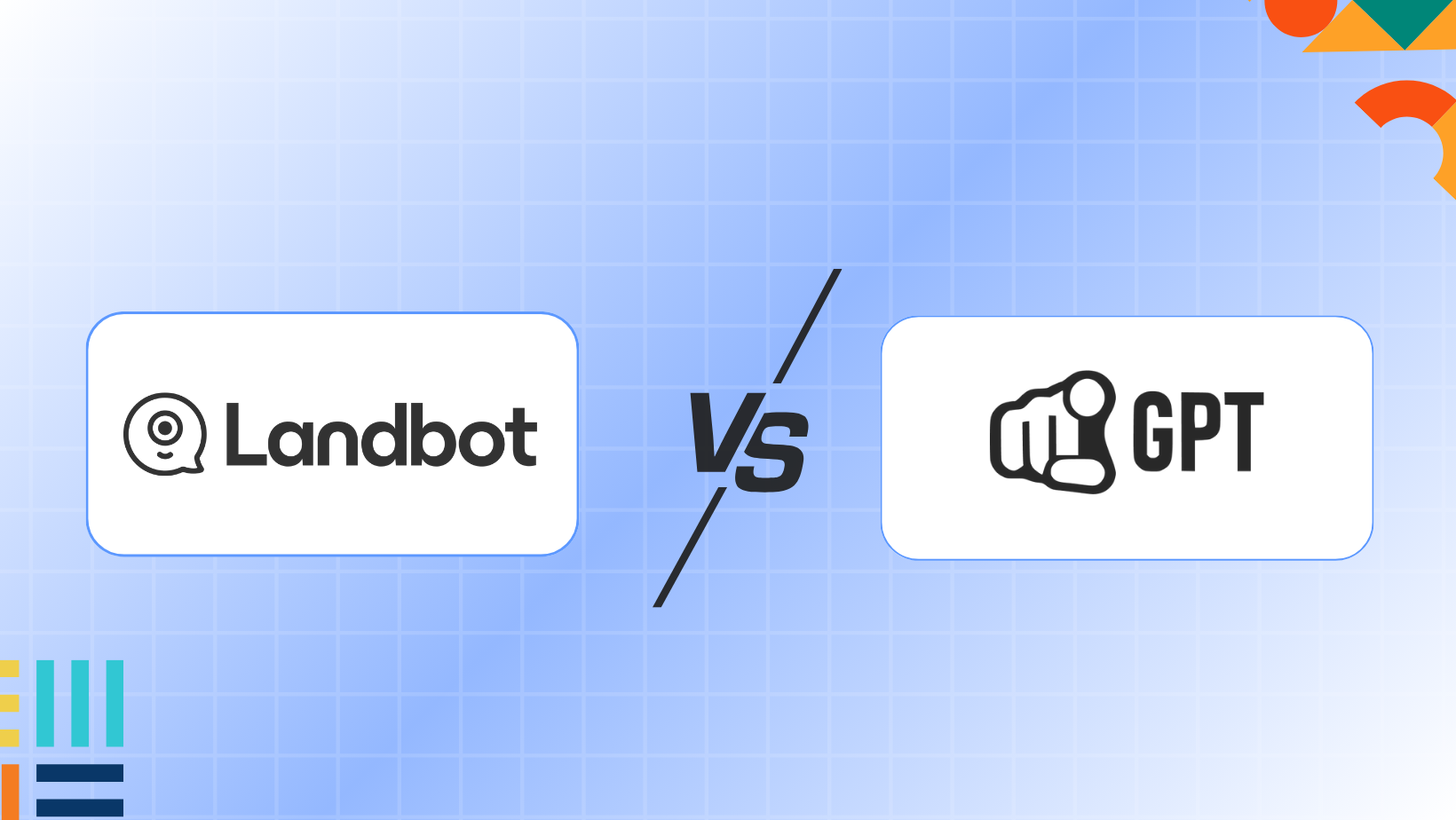
Landbot is a flow based chatbot builder with a drag-and-drop interface. Businesses can design FAQ bots, lead capture flows, and interactive experiences without needing technical skills. It is often chosen by startups and small companies looking for quick setup at a reasonable price.
But in 2025, business expectations go beyond flow-based automation. Businesses now want AI that can learn, adapt, and work across multiple channels without breaking workflows.
In this blog, we compare Landbot and YourGPT across AI capabilities, integrations, training, pricing, and scalability so you can decide which platform is the right choice for your business.
| Feature | YourGPT | Landbot |
|---|---|---|
| Who Should Use It | SMBs, mid market, and enterprises needing automation, self-learning AI, persistent memory, omni channel, mobile app, and browser extension | Startups and small businesses that want simple, no-code chatbots for FAQs, lead capture, and engagement campaigns |
| AI Strengths | Self-learning, persistent memory, advanced automation, real-time actions, multi-model support, deep customization | Rule-based flows, drag-and-drop builder, keyword routing |
| Channels | Web, Email, WhatsApp, Messenger, Telegram, Slack, LINE, Voice — unified in one inbox | Web, WhatsApp, Messenger (limited multi-channel support) |
| Mobile App | Yes | No |
| Web Extension | Yes | No |
| Integrations | Shopify, HubSpot, Salesforce, CRMs, APIs, custom endpoints | Zapier, HubSpot, Slack, Google Sheets, Typeform (around 20 basic options) |
| Security & Compliance | Yes, SOC2 and GDPR compliant | Basic GDPR compliance |
| Pricing | USD 4,188 yearly — usage-based, no per-seat fees, predictable costs | USD 30–100 per month — affordable for small teams, costs rise with scale and features |
TL;DR: YourGPT is designed for businesses that need flexibility and a future-ready AI platform covering support, sales, and automation with self-learning AI, persistent memory, and omni-channel support.
Landbot is better suited for teams that want simple, flow-based bots for FAQs, lead capture, and basic customer engagement at an affordable price.

Landbot is a no-code chatbot builder launched in 2015. It is designed to help businesses create conversational flows through a visual drag-and-drop interface, making it easy for non-technical teams to deploy bots quickly. Landbot focuses on simplicity, flow-based automation, and fast setup for lead capture, FAQs, and customer engagement.
The platform is widely used by startups, and small businesses that need affordable chatbots to automate simple conversations, capture leads, and provide self-service support across websites and messaging apps.
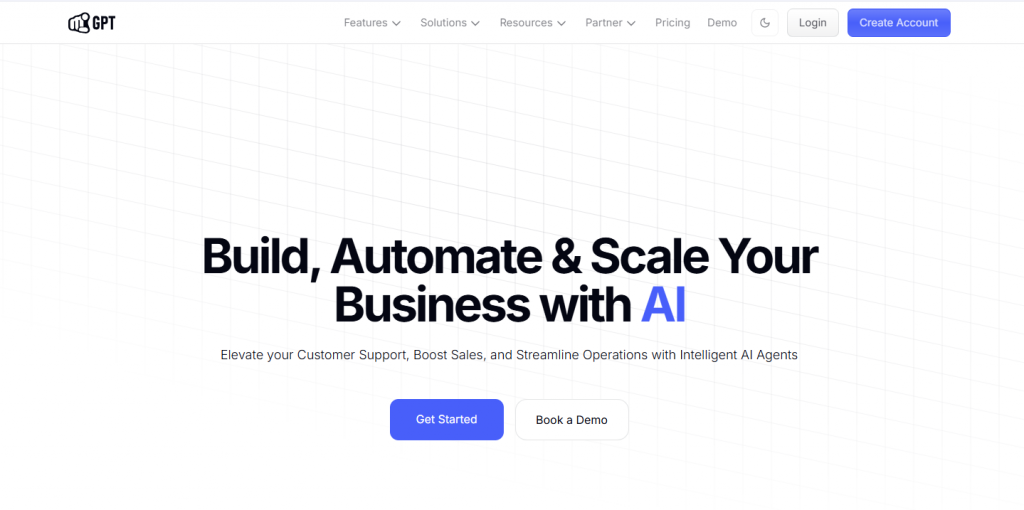
YourGPT is an AI-first platform designed to help businesses automate customer support, sales, and internal workflows.
With its no-code builder, businesses can create AI agents trained on their own data and connect them to multiple channels. The platform offers a unified inbox, live chat, and advanced analytics, making it a complete solution for customer interaction and automation. YourGPT is used by SaaS companies, e-commerce brands, SMBs, and enterprises to improve customer support and automate operations with AI.
Both YourGPT and Landbot help businesses create chatbots, but they are built on very different foundations.
YourGPT is designed as an AI-first platform. It offers self-learning, memory, and advanced workflow automation. It adapts to business data, works across multiple channels, and connects with backend systems for real-time actions.
Landbot focuses on speed and ease of setup through a visual flow builder. It is a good choice for small businesses or teams that need affordable bots for FAQs, lead capture, and guided interactions. However, while beginner-friendly, it lacks the advanced automation and AI-driven flexibility that growing businesses often require.
This section compares how YourGPT and Landbot perform across AI capabilities, training, integrations, and communication channels. The goal is to show which platform aligns better with your business needs.
| Feature | YourGPT | Landbot |
|---|---|---|
| Easy Setup | Yes | Yes drag-and-drop flow builder |
| Training and Data | Yes multi-source training with custom context | Limited to FAQs and structured inputs |
| Self Learning AI | Yes | No |
| Persistent Memory | Yes | No |
| Advanced Automation | Yes real-time actions and workflows | No only rule-based flows |
| Multi Step Workflows | Yes | Limited |
| API and Backend Actions | Yes full support with APIs and webhooks | Partial via Zapier or third-party tools |
| Omni Channel (web, mobile, voice, social) | Yes full omni-channel with unified inbox | Partial covers website, WhatsApp, Messenger |
| Unified Inbox | Yes | No |
| Mobile App | Yes | No |
| Web Extension | Yes | No |
| Integrations | Yes Shopify, Salesforce, HubSpot, CRMs, APIs, custom endpoints | Zapier, Google Sheets, HubSpot, Slack, Typeform |
| Brand and Workflow Control | Yes adaptive tone, fallback logic, real-time workflows | Limited to structured flows |
| Analytics and Reports | Yes advanced analytics and reporting | Yes basic dashboard |
| AI Features | Yes, Advanced AI capabilities | limited capability |
| Security and Compliance | SOC2 and GDPR compliant | GDPR compliance |
| Pricing | Starting at USD 39 | Starting at USD 46 |
| Best Fit | SMBs, and enterprises needing AI automation, memory, and omni-channel | Small businesses that need affordable, flow-based chatbots |
YourGPT lets businesses launch an AI chatbot in minutes. Teams can start without technical expertise, while advanced users can use the AI Studio with drag-and-drop workflows, training tools, and automation logic. This makes it easy to scale from simple FAQ handling to complex AI-driven operations on the same platform.
Landbot is designed with beginners in mind, providing a clean drag-and-drop flow builder. Businesses can quickly create chatbots by connecting blocks and logic paths without coding. While setup is fast and intuitive, it is limited to pre-defined flows, making it harder to scale into more advanced automation or adaptive AI use cases.
YourGPT can learn directly from your business data and supports multiple ingestion methods, including:
This ensures YourGPT delivers accurate, context-aware responses and adapts to real-world scenarios as your data evolves.
Landbot, on the other hand, cannot learn from external data in the same way. Its training is limited to predefined FAQs, scripted flows, and manual input. This works well for small teams that only need static responses but restricts flexibility for businesses that want their chatbot to continuously adapt and improve.
YourGPT connects broadly across channels and platforms:
This unified approach makes it easy to manage all conversations and trigger backend workflows in real time.
Landbot provides a lighter integration scope:
While useful for small automations and lead capture, Landbot lacks deeper backend connectivity and multi-channel consolidation.
YourGPT allows full control over chatbot tone, fallback logic, and workflow design. Its AI chatbots can switch contexts mid-conversation, escalate to humans, or adapt dynamically, offering greater flexibility.
Landbot provides customization through flowcharts and conditional logic. This creates predictable and structured customer experiences but limits adaptability, especially for businesses that want workflows to evolve with customer behavior.
YourGPT functions as a complete AI platform, offering:
Landbot relies on rule-based logic with no adaptive AI. It is excellent for guiding customers through pre-set flows but cannot learn, remember, or take real-time backend actions. Conversations remain predictable but limited in scope.
The pricing difference between the two platforms is significant.
YourGPT uses transparent, usage-based pricing with no per-seat fees:
This credit-based model keeps costs predictable, even during seasonal spikes.
Landbot offers affordable entry-level plans starting around $30/month, with advanced plans scaling up to about $100/month depending on features and usage. While this makes Landbot appealing to startups and small businesses, costs may rise as teams require more advanced options or higher chat volumes.
Landbot is easier for beginners with its drag-and-drop flow builder. YourGPT also offers quick setup but provides more flexibility for advanced workflows.
No. Landbot relies on FAQs and pre-set flows only. YourGPT can train using business files, websites, CRM data, and past conversations.
YourGPT works on web, email, WhatsApp, Messenger, Slack, Telegram, LINE, and voice. Landbot supports web, WhatsApp, and Messenger.
Landbot is ideal for startups and small businesses. Large enterprises with complex needs will benefit more from YourGPT’s capabilities.
Yes. YourGPT integrates with APIs, CRMs, and webhooks to support real-time workflows. Landbot connects mainly via Zapier and basic integrations like Google Sheets.
Landbot starts at $30/month, making it budget-friendly for small teams. YourGPT charges $4,188/year with usage-based credits and no per-seat fees, making it easier to scale.
No. Landbot does not support direct integration with Shopify or Salesforce. YourGPT integrates directly with Shopify, Salesforce, HubSpot, and more.
Yes. YourGPT supports GPT-5, Claude, Gemini, and custom enterprise AI models. Landbot does not support these advanced AI technologies.
YourGPT supports over 100 languages and maintains a consistent tone. Landbot offers limited multilingual capabilities.
Yes. Both Landbot and YourGPT allow human handoff. YourGPT manages it via a unified inbox, while Landbot offers more basic options.
Choosing between YourGPT and Landbot depends on how much automation and flexibility your business needs.
Landbot gives teams a quick way to design chatbots through a visual flow builder. It works well for startups or small businesses that want to capture leads, answer FAQs, or guide customers through simple steps. It’s affordable and easy to use, but limited when it comes to advanced automation or adapting to complex use cases.
YourGPT is built for businesses that want to build basic bots. With advanced AI capabilities it improves over time. It works across Web, WhatsApp, Slack, email, and even voice, while also connecting to CRMs, APIs, and backend systems to perform real-time actions. This makes it a stronger fit for companies that need one platform to handle customer support, sales, and operations at scale.
Landbot is a good choice if you only need simple bots for routine tasks, while YourGPT is better suited for businesses that want a future-ready AI platform.
Build AI that learns, adapts, and connects with your business systems. From support to sales, YourGPT gives you one platform to automate conversations across every channel.
No credit card required · Full access · Cancel anytime
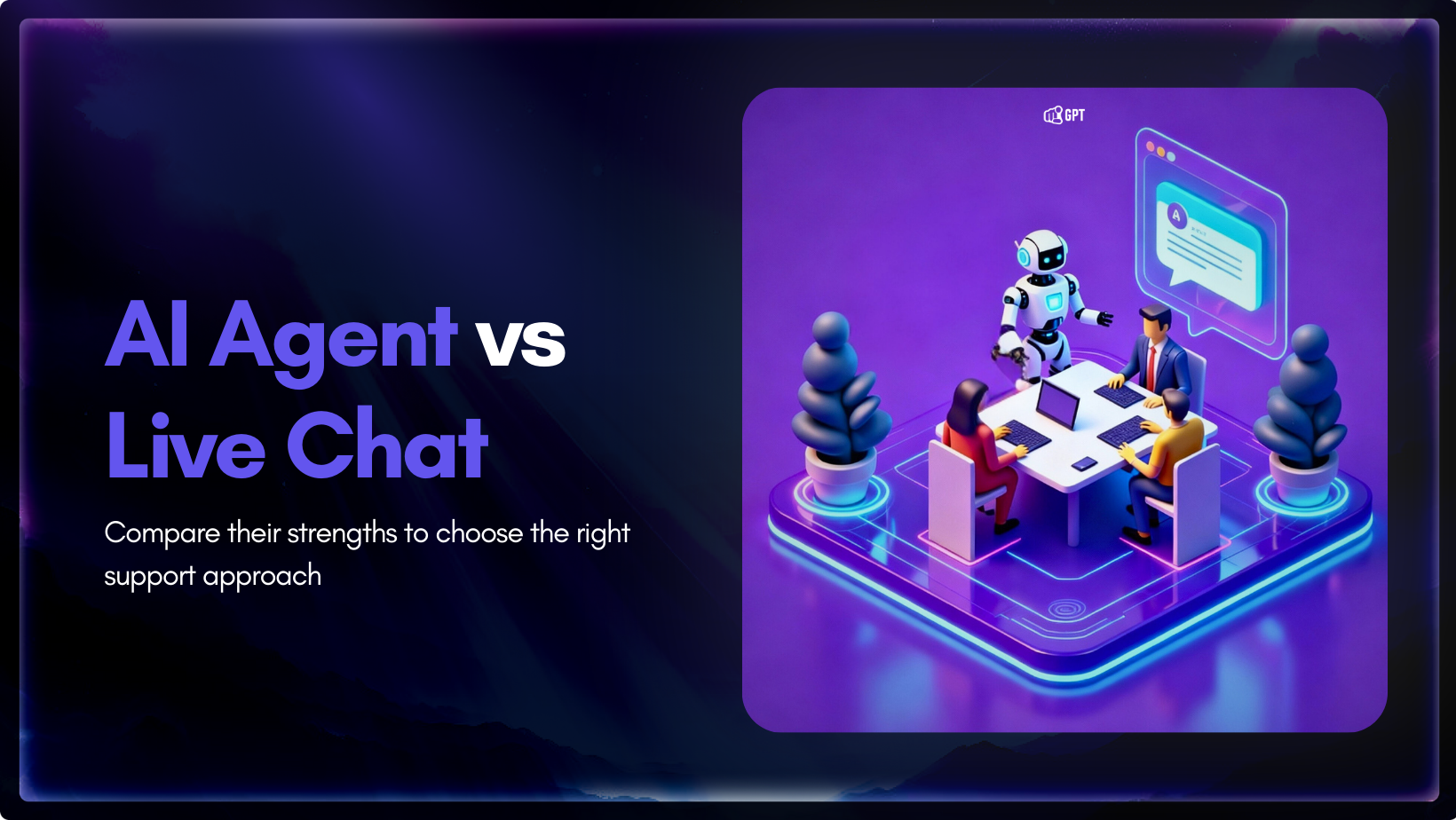
AI agent and live chat each play a different role in customer support, and the choice between them influences how a team handles growth. Companies are moving toward faster support models, and one clear trend is the use of AI to reduce operating costs by up to 30%. The difference shows up when ticket volume […]

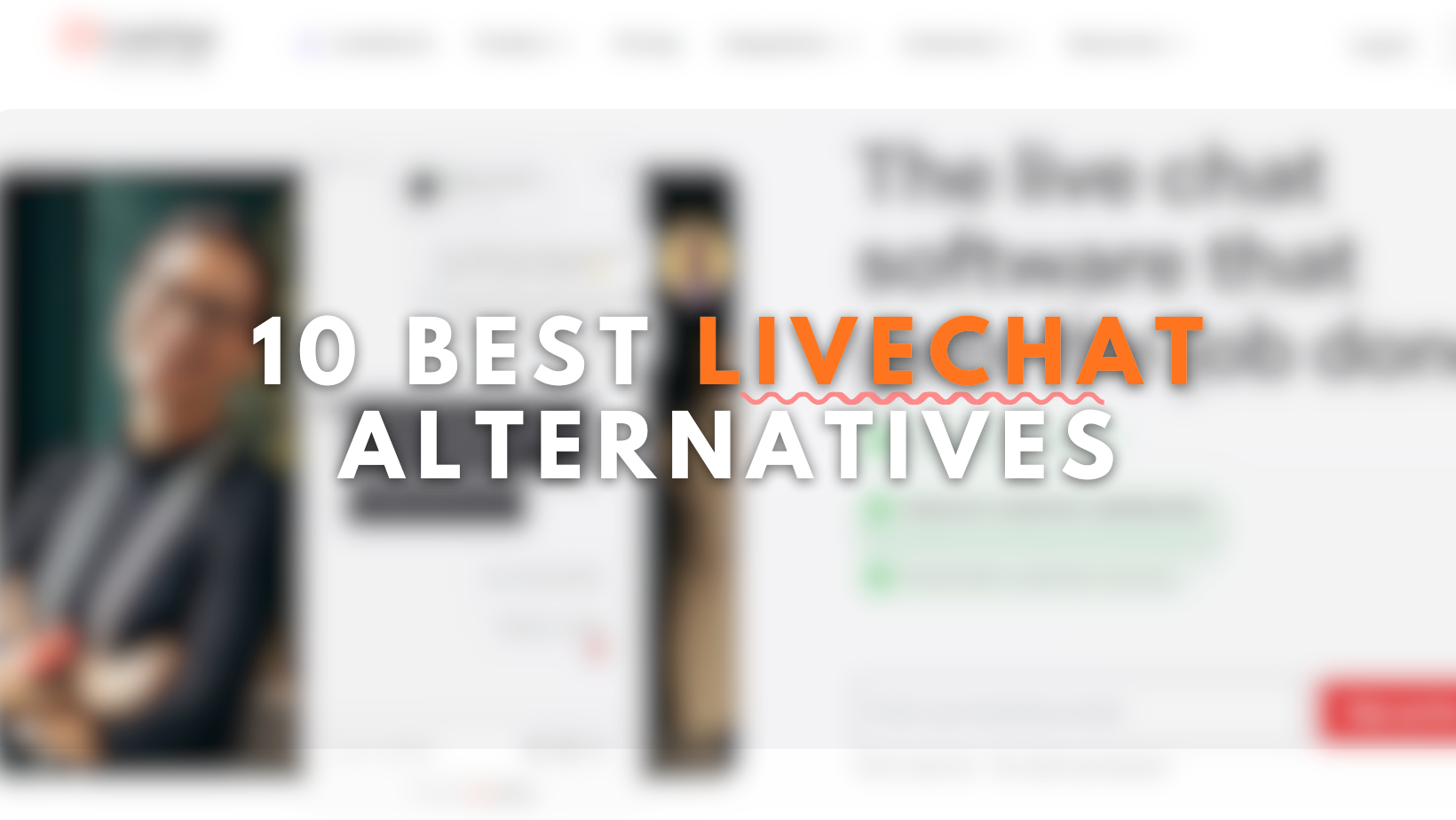
LiveChat is a customer messaging platform that has helped many teams handle customer questions through basic chat widgets, but the way businesses support customers has changed. People now expect quick answers across more channels, and support teams want tools that cut down on repetitive work instead of adding to it. As a result, many companies […]

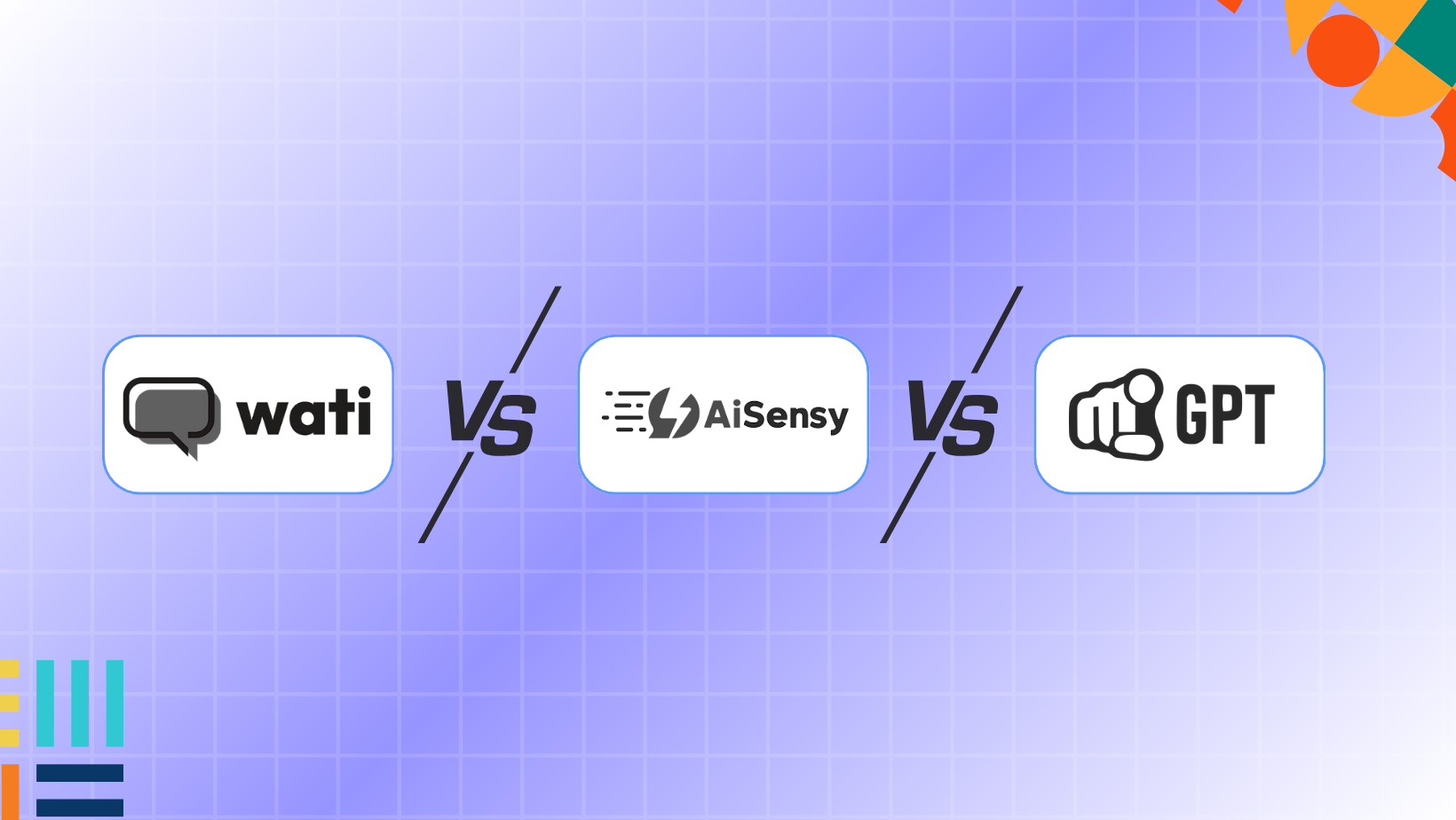
TL;DR Wati manages WhatsApp teams and shared inbox. AiSensy runs broadcast campaigns and drip sequences. YourGPT trains on your business data and executes real-time actions across multiple channels. WhatsApp and Instagram DMs now handle the majority of customer conversations for growing brands in 2025. What starts as 20-30 messages per day quickly scales to hundreds […]

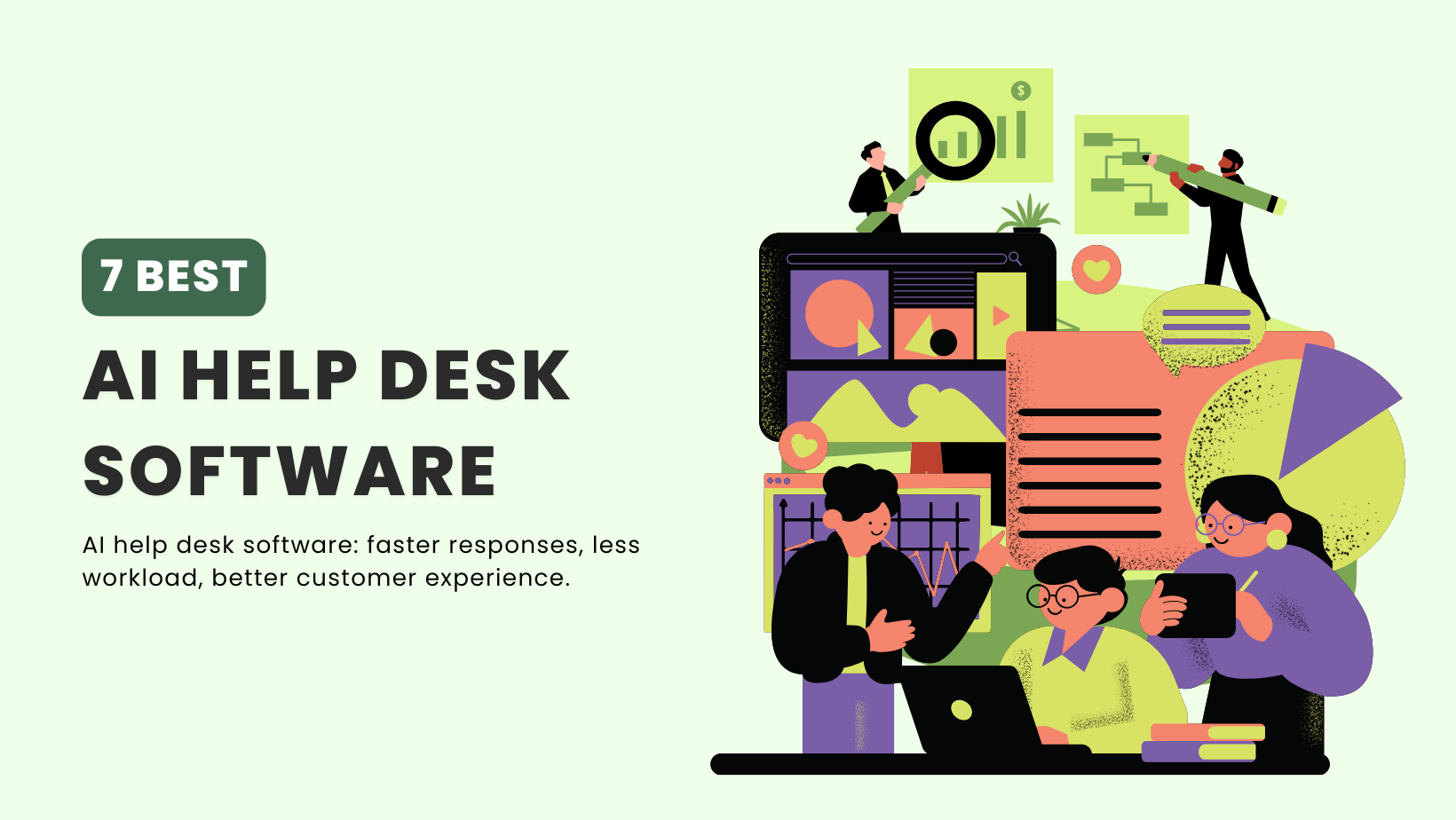
TL;DR AI help desk software reduces repetitive tickets by turning your knowledge base into instant answers. The market is growing fast as teams shift from adding agents to improving self-service and automation. This guide reviews seven platforms based on real performance so you can choose a tool that improves response quality and team efficiency. AI […]

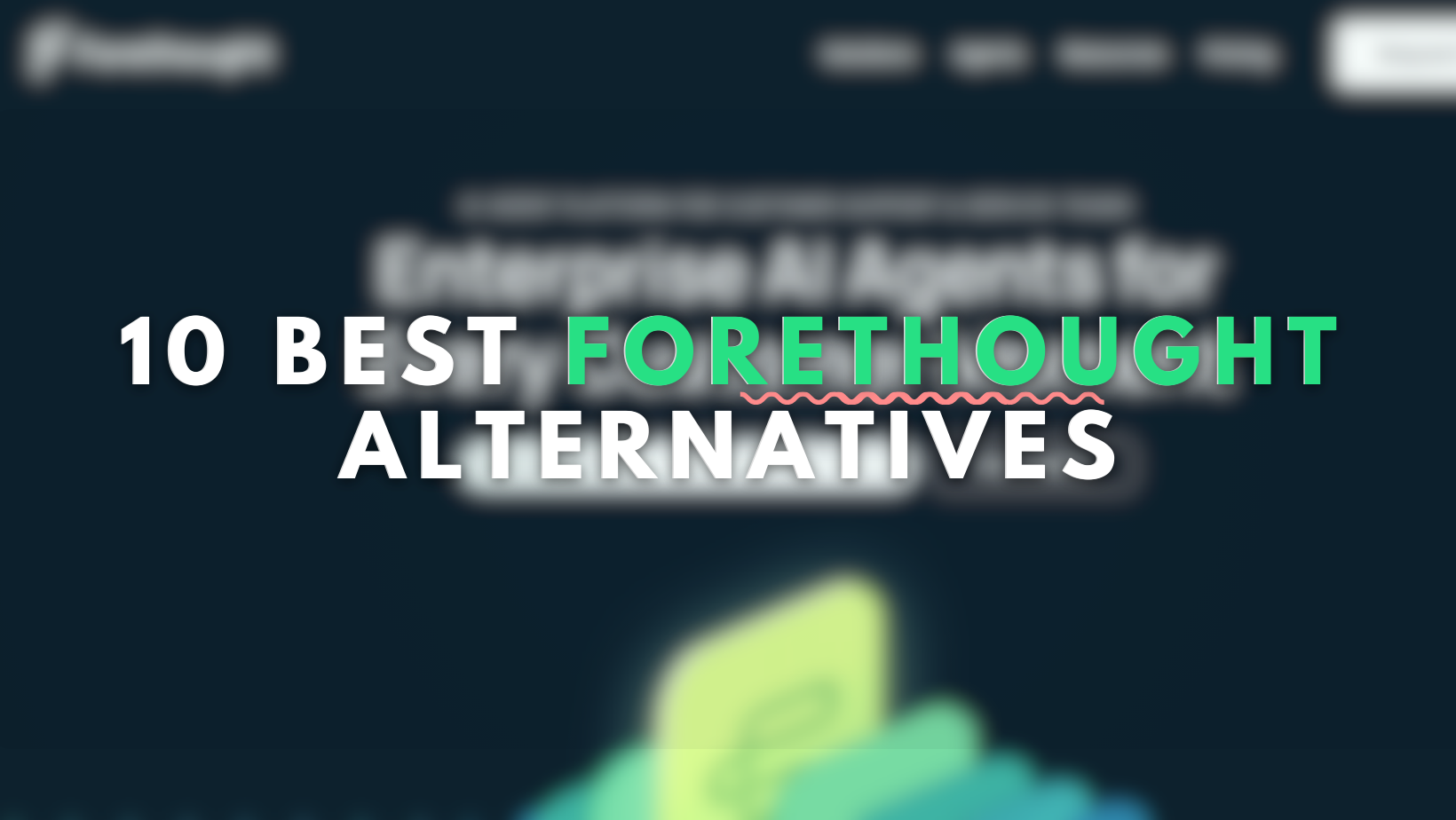
Forethought is an AI-powered support automation platform designed to build intelligent agents for ticket deflection and intent-based workflows, primarily targeting mid-market and enterprise support teams managing high volumes of tickets. This blog reviews ten Forethought options in 2025 that offer clearer pricing, faster deployment, and better customization. The selection ranges from no-code builders for small […]


YourGPT and Botpress are both AI agent platforms, but they take different approaches to automation and customer engagement. Businesses don’t need another chatbot. They need AI agents that connect to their existing systems, handle real tasks, and work across multiple channels without breaking down when customers ask something unexpected. This guide compares how YourGPT and […]
